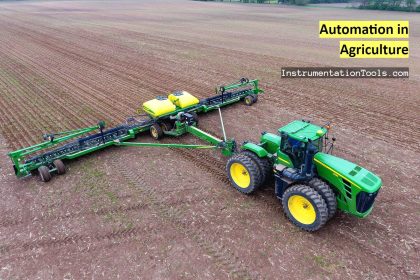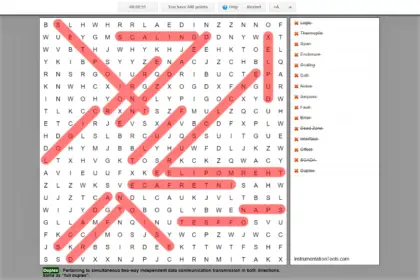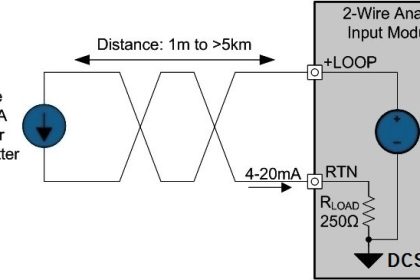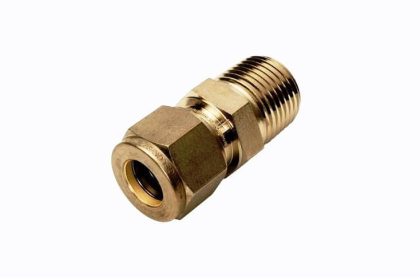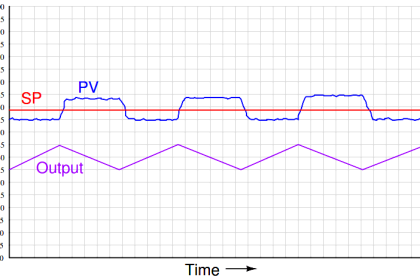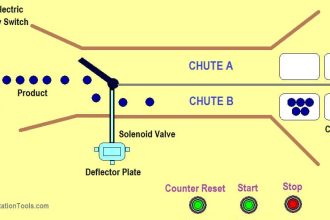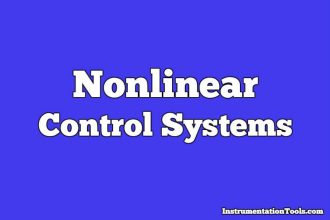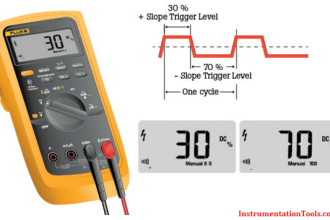In this article, we will learn the basic components of the effluent treatment plant (ETP) used in industries to process wastewater.
Water treatment plants are used to convert bad wastewater into drinkable or usable water. The quality of the water coming out of these plants need to be maintained for proper human use.
Such plants are used in almost every industry; as quality water demand is a must for the personnel to use or machines to operate.
Water treatment plants come in three categories – effluent treatment, sewage treatment, and water treatment.

Effluent Treatment Plant
In this post, we will see the basic or general components used in an effluent treatment system.
Bar Screen
Effluent waste water can contain many large objects in it. This can be removed by a bar screen. Bar screens are used to remove large objects like sticks, plastic, papers, metals, or even grass.
This is the very first step as it initially removes larger objects and makes it easier for further processes to process the waste water. The bars are placed 1 to 3 inches apart.
The objects don’t accumulate on the screen because the filters move through and out of the water. This method keeps the flow of water steady as there’s a lower risk of clogging. Without this mechanism, the bar screens can get clogged within minutes.
Grit Chamber
It is a long and narrow circular tank that is used to reduce the velocity of the flow of sewage. This method eliminates grit materials like sand, ash, eggshells, bone chips, and many other organic materials; which if present, can clog and contaminate the water in a large way.
The design is in such a way that the grit of 2.4 to 2.6 gravity settles down in a flow, and the lighter parts with water pass through the outlet.
Differential sedimentation and differential scouring velocity are maintained in the chamber so that the flow velocity should neither be too low to cause the settling of lighter organic matter nor should it be too high as not to cause the settlement of the silt and grit present in the sewage.
Comminutors
A comminutor is also called simply a grinder. So, as the name suggests, its work is to reduce the size of particles in wastewater; by mixing or grinding it.
This reduces solid waste in a large way and often has multitudes of cutting edges. They are often installed ahead of pumps in the sewage line so that it does not clog their operation.
Pre-aeration
It is a method of giving air to the wastewater for a period of 20 to 30 minutes, in a large pre-aeration tank. Compressed air is pushed into it so that the new surfaces are continuously brought in contact with the atmosphere.
Agitators are also used in the tank along with it. The agitation of wastewater in the presence of air tends to collect or flocculate lighter suspended solids into heavier masses which settle more readily in the sedimentation tanks.
Due to pre-aeration, grease and oil are reduced from the waste water to a great extent, and are carried to the surface through it. Suspended solids are thus removed in a nice way and it further aids the process of water in sedimentation tanks.
Primary Settling Tank
It is one of the main components of ETP. This tank is used to remove settable solids and floating material from wastewater. It removes BOD (biological oxygen demand) to a great extent. It comes in two types – rectangular and circular.
This tank reduces the velocity of wastewater flow, which allows heavier solids like raw sludge to settle. Scrapers present in the tank move continuously along the floor of the tank to deposit the raw sludge in hoppers for removal.
The scum which floats to the surface is directed by water jets or scum boards to the sludge sump. The raw, settled sludge is removed by pump or gravity feed to a sludge treatment process, either on site or via tanker to a larger processing center.
The primary settling tank is a type of clarifier process.
Secondary Settling Tank
It is the same as the primary settling tank. The main difference is that it uses anaerobic microorganisms and retention time to break down the waste; whereas primary tanks use mechanical equipment to break the particles (sedimentation process).
The waste and the microorganisms are both found in the sludge, and remove both the remaining solids and nutrients through bacterial composition.
The secondary treatment utilizes naturally occurring biological processes. This means the wastewater oxygen level varies throughout and does not stay at one constant quantity.
This results in microorganisms being either aerobic (require oxygen) or anaerobic (do not require oxygen), depending on the stage. These systems require air blowers running for a long time to reinvigorate and aerate the liquids.
A secondary settling tank is a type of clarifier process.
Biological Filters
As the name suggests, it uses biological purification through attached growth with the retention of suspended solids.
It applies thin biological films that are frequently renewed by washing (12 to 48 hours). This provides biomass with a concentration and, especially, an activity that is higher than for activated sludge.
These are the generally used components in an ETP. In this way, we saw the basic components of an effluent treatment system.
